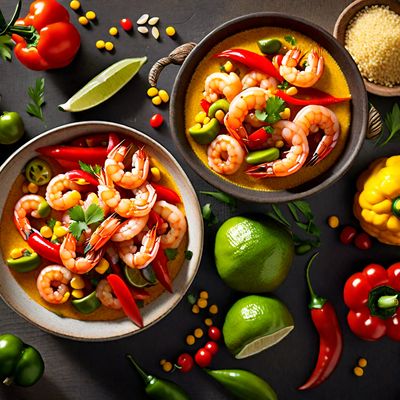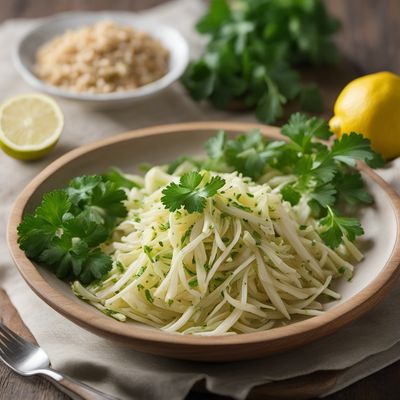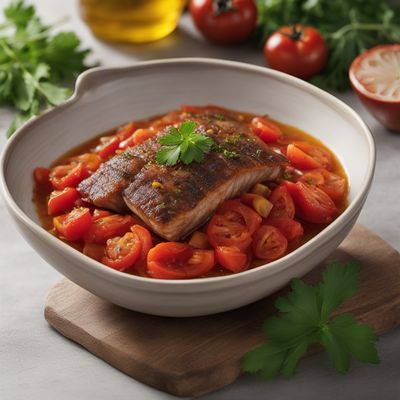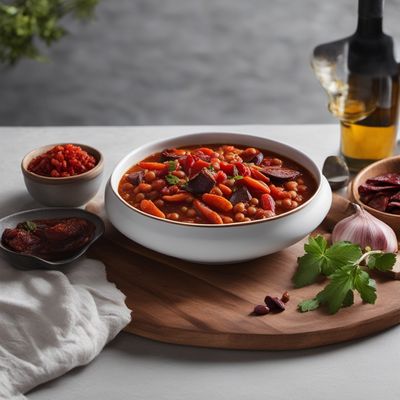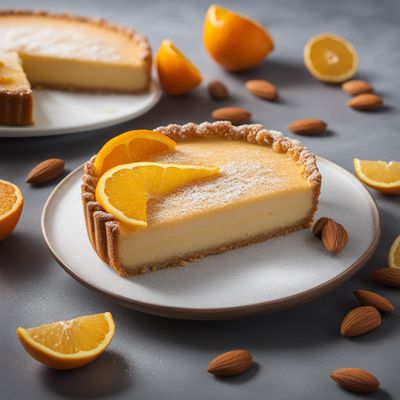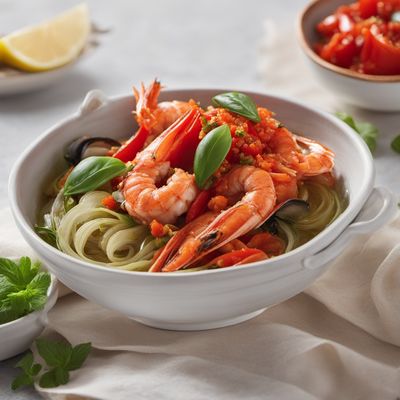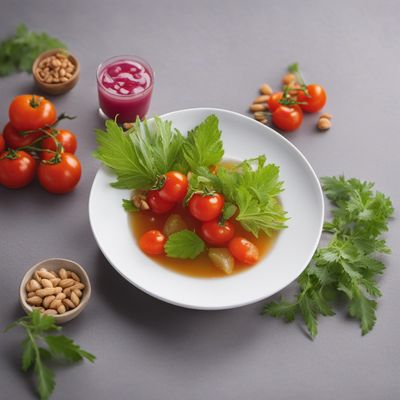
Recipe
Molecular Gastronomy Tapas
Revolutionizing Spanish Tapas with Molecular Gastronomy
4.8 out of 5
In the realm of molecular gastronomy, we embark on a journey to transform the traditional Spanish tapas into a visually stunning and innovative culinary experience. By utilizing scientific techniques and modern ingredients, we elevate the flavors and textures of these bite-sized delights, while still paying homage to the rich heritage of Spanish cuisine.
Metadata
Preparation time
60 minutes
Cooking time
30 minutes
Total time
90 minutes
Yields
4 servings
Preparation difficulty
Medium
Suitable for
Vegetarian, Pescatarian, Gluten-free, Dairy-free, Low-carb
Allergens
Milk, Soy, Eggs, Shellfish, Gluten
Not suitable for
Vegan, Nut-free, Egg-free, Soy-free, Paleo
Ingredients
In this molecular gastronomy adaptation, we reimagine the traditional Spanish tapas by deconstructing and reconstructing their components. We incorporate unique ingredients, such as liquid nitrogen, agar-agar, and edible foams, to create surprising textures and visually captivating presentations. The focus shifts from traditional cooking methods to scientific experimentation, resulting in a truly avant-garde dining experience. We alse have the original recipe for Tapas, so you can check it out.
-
200g (7 oz) liquid nitrogen 200g (7 oz) liquid nitrogen
-
10g (0.35 oz) agar-agar powder 10g (0.35 oz) agar-agar powder
-
200g (7 oz) Spanish olives 200g (7 oz) Spanish olives
-
100g (3.5 oz) Iberico ham 100g (3.5 oz) Iberico ham
-
50g (1.75 oz) Manchego cheese 50g (1.75 oz) Manchego cheese
-
100g (3.5 oz) chorizo 100g (3.5 oz) chorizo
-
50g (1.75 oz) roasted red peppers 50g (1.75 oz) roasted red peppers
-
100g (3.5 oz) patatas bravas 100g (3.5 oz) patatas bravas
-
50g (1.75 oz) smoked paprika 50g (1.75 oz) smoked paprika
-
100g (3.5 oz) octopus 100g (3.5 oz) octopus
-
50g (1.75 oz) piquillo peppers 50g (1.75 oz) piquillo peppers
-
100g (3.5 oz) garlic aioli 100g (3.5 oz) garlic aioli
-
50g (1.75 oz) saffron threads 50g (1.75 oz) saffron threads
Nutrition
- Calories (kcal / KJ): 350 / 1465
- Fat (total, saturated): 20g, 8g
- Carbohydrates (total, sugars): 25g, 5g
- Protein: 15g
- Fiber: 4g
- Salt: 2g
Preparation
-
1.Prepare liquid nitrogen by chilling it to -196°C (-321°F).
-
2.Dissolve agar-agar powder in water according to package instructions.
-
3.Using a syringe, inject liquid nitrogen into Spanish olives to create frozen olive spheres.
-
4.Using a molecular gastronomy spherification kit, transform Iberico ham into delicate ham caviar.
-
5.Utilizing a freeze-drying machine, turn Manchego cheese into a light and airy cheese powder.
-
6.Infuse chorizo with liquid nitrogen and shatter it into chorizo dust.
-
7.Create a foam from roasted red peppers using a whipping siphon.
-
8.Transform patatas bravas into crispy potato spheres using molecular gastronomy techniques.
-
9.Sous vide octopus with piquillo peppers and garlic aioli for a tender and flavorful result.
-
10.Garnish the dish with saffron threads for an aromatic touch.
Treat your ingredients with care...
- Spanish olives — Ensure the olives are pitted before injecting them with liquid nitrogen.
- Iberico ham — Use a fine-tipped syringe for precise extraction of ham caviar.
- Manchego cheese — Grate the cheese finely before freeze-drying to achieve a light and airy texture.
- Chorizo — Freeze the chorizo before shattering it into dust for easier handling.
- Octopus — Tenderize the octopus by freezing it overnight before sous vide cooking.
Tips & Tricks
- Use a molecular gastronomy kit for precise measurements and techniques.
- Experiment with different flavors and textures to create your own unique molecular tapas.
- Be cautious when handling liquid nitrogen and follow safety guidelines.
- Freeze-drying can be done in advance to save time during preparation.
- Incorporate edible flowers or microgreens for an added visual element.
Serving advice
Serve the molecular gastronomy tapas on a sleek and modern platter. Arrange each tapa artistically, showcasing the vibrant colors and intricate textures. Encourage guests to try different combinations and explore the innovative flavors. Provide small spoons or tweezers for easy handling of the delicate components.
Presentation advice
Create a visually striking presentation by incorporating elements of height and asymmetry. Use small glass domes or smoke cloches to add an element of surprise when unveiling the tapas. Garnish with microgreens, edible flowers, or edible gold leaf for an elegant touch. Consider serving on a black slate or mirrored surface to enhance the visual impact.
More recipes...
More Spanish cuisine dishes » Browse all

Pa amb oli
Pa amb oli, or bread with oil, is a traditional Spanish dish that is perfect for a quick and easy snack or light meal. The dish is simple to...
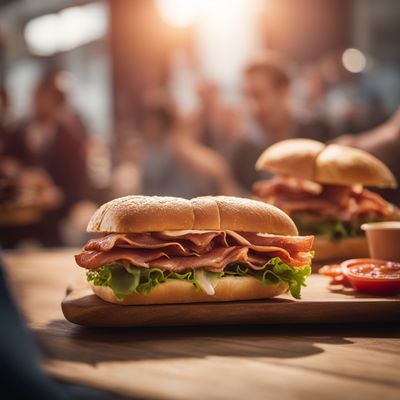
Bocadillo de bacon
Bacon Sandwich
This bocadillo features crispy bacon as the main ingredient, making it a popular choice for breakfast or brunch.

Chips de alcachofa
Chips de alcachofa is a Spanish dish that is perfect as a snack or a side dish. These chips are made with artichokes, olive oil, and seasoning,...


